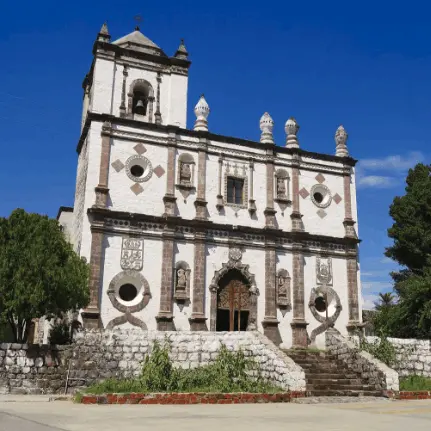
History & Culture of Baja Sur: From Indigenous Roots to Colonial Missions
Baja California Sur isn’t just a paradise of turquoise waters and desert landscapes—it’s a land rich in culture and history. From ancient indigenous tribes to Spanish missions and modern Mexican traditions, every corner tells a story. Here are ten fascinating points that capture the essence of Baja Sur’s history and culture.

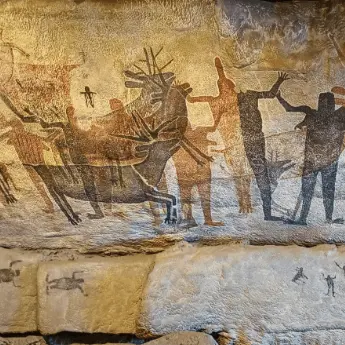

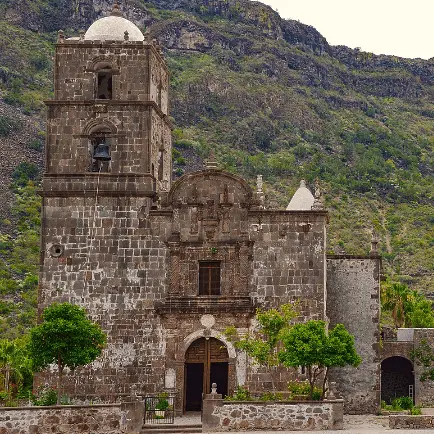
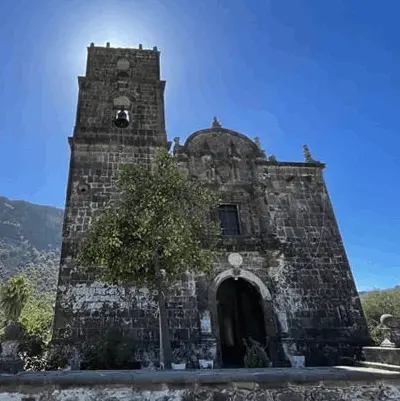
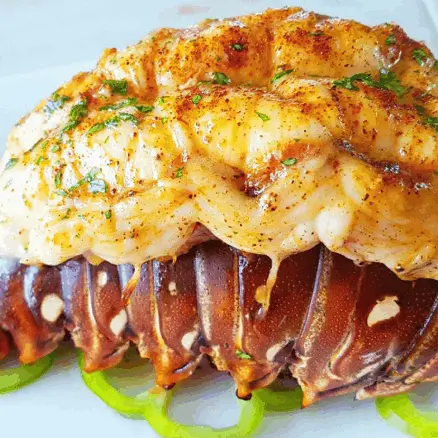

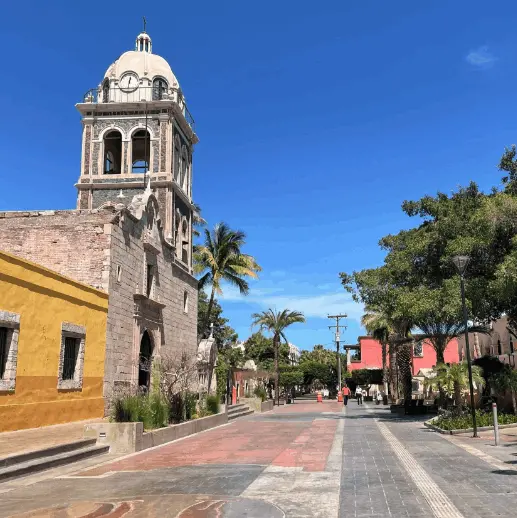
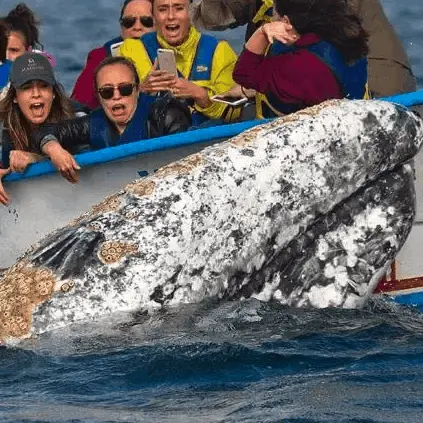
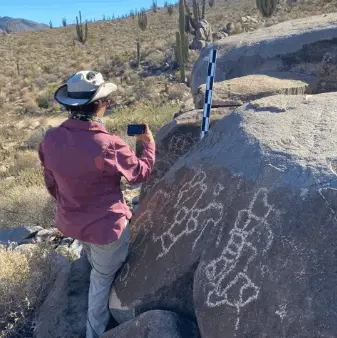
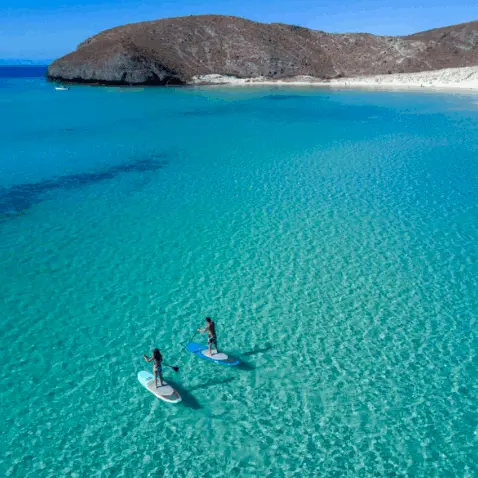
Follow Us